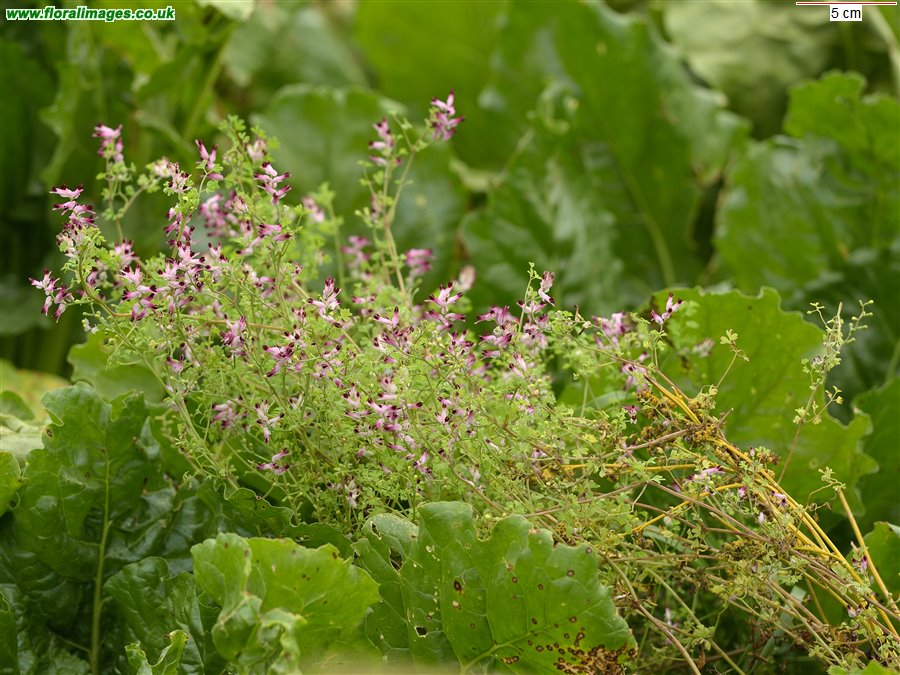We set out to record an area that has had over 200 species recorded in the past; but none since 2000; yesterday.
It took us up to the common above Llanfihangel and up the Nant Bran. I was preoccupied with making more than 250 records so it is mainly thanks to Sue that there are pictures of the great views and plants we saw.
Field-rose, Rhosyn gwyllt gwyn or Rosa arvensis
(still readily identifiable at this time of year from the long style remnant)
Hop Trefoil, Meillionen hopysaidd or Trifolium campestre
No - Black Medick or Medicago lupulina as pointed out by Dave in comments!
Red Bartsia, Gorudd or Odontites vernus
The Beacons in the distance
We also saw a wide range of Waxcap fungi on the high common including this one:
Pink Waxcap or Ballerina Waxcap, Hygrocybe calyptriformis
Inspecting another Waxcap:
When nearly back at the car we inspected some hillside springs and found several boggy ground specialists including this which I photographed:

Fen Bedstraw,
Briwydd y fign
or
Galium uliginosum
(NOT Marsh-bedstraw, Briwydd y gors or Galium palustre as previously posted - thanks Julian!)
(We did see both that day.)
In all there were 156 different species recorded. (And as some of the 200+ records mentioned at the beginning haven't been seen since the 1970s that is doing OK I think.)
































































